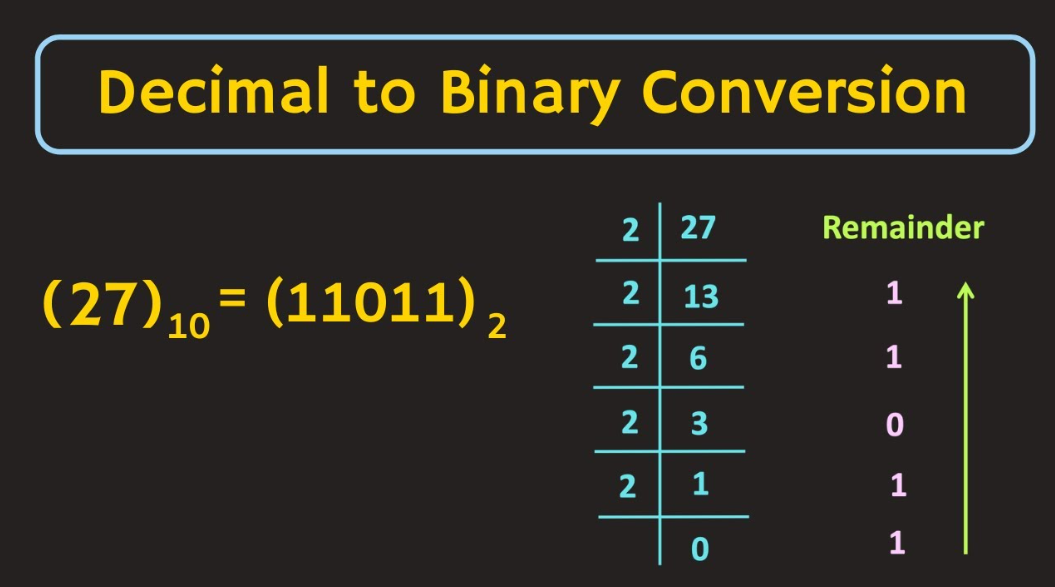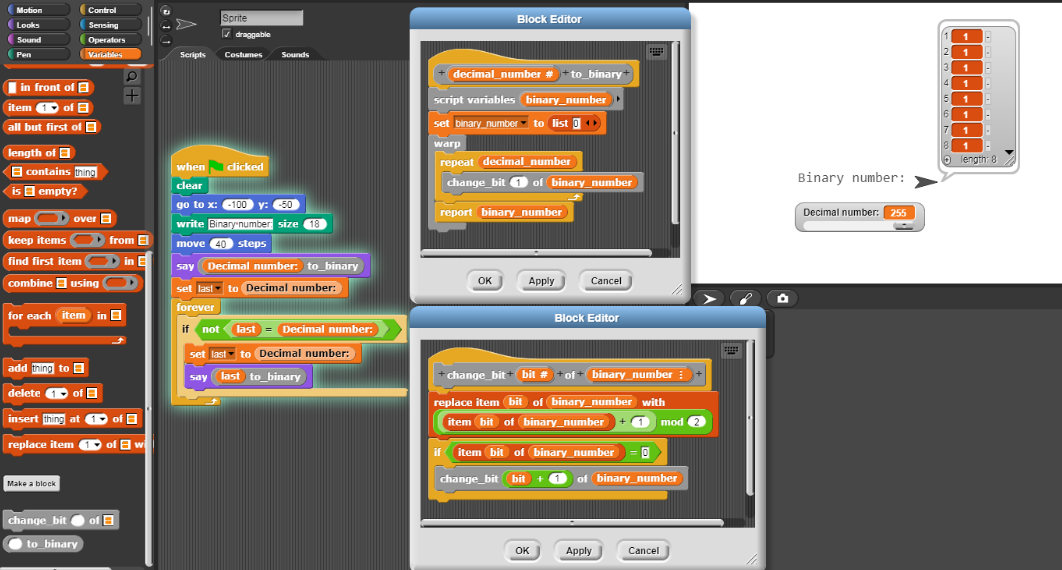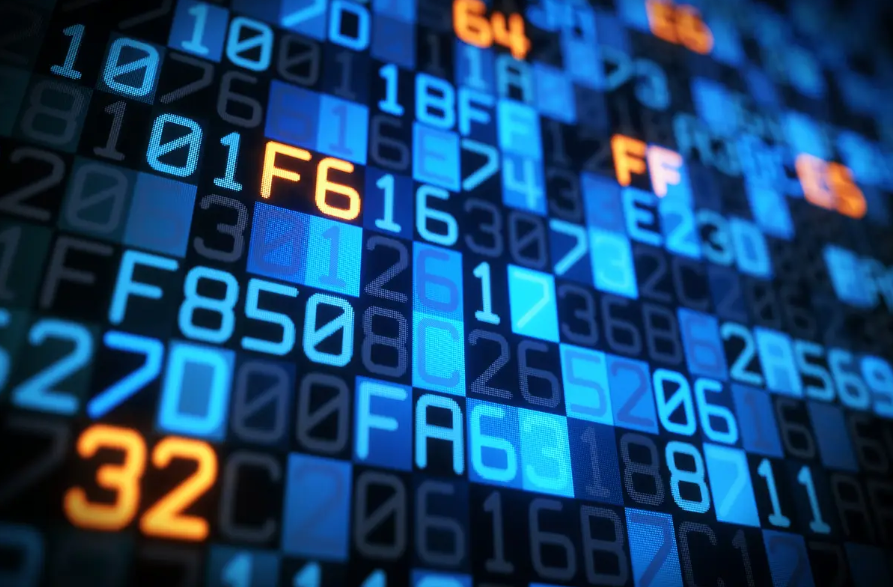Decimal to Binary Conversion
Decimal to binary conversion is a fundamental concept in computer science and mathematics. It involves the process of converting a base-10 number (decimal) into its equivalent binary representation. This conversion is important in the field of computing as binary is the language that computers use to store and process data.
The process of converting a decimal number to binary involves dividing the decimal number by 2 and keeping track of the remainders until the quotient becomes 0. The remainders are then read from bottom to top to obtain the binary equivalent. This process is crucial for understanding how data is stored and manipulated in computer systems. Overall, decimal to binary conversion is a key skill that is essential for anyone working in the field of computer science.

How to Convert Decimal to Binary
Converting a decimal number to binary can be a useful skill to have, especially in fields such as computer science and engineering. The process involves breaking down the decimal number into its binary equivalent, which is a series of 0s and 1s. To convert a decimal number to binary, you can use the divide-by-2 method.
This method involves dividing the decimal number by 2 and keeping track of the remainders. You start by dividing the decimal number by 2 and writing down the remainder. Then, you divide the quotient by 2 and write down the remainder again. This process is repeated until the quotient becomes 0.
The binary equivalent is then read by taking the remainders from bottom to top. Another method to convert decimal to binary is the repeated division method, which involves repeatedly dividing the decimal number by 2 and writing down the remainders until the quotient becomes 0. This method can be quicker and more straightforward for some people.
Converting decimal to binary is a fundamental skill in computer programming and can help you understand how computers represent and process numbers. Practice and repetition can help you become more comfortable with converting decimal to binary, and it is a valuable skill to have in the modern digital age.
Conversion Steps
Conversion steps refer to the process of changing or transforming something from one form or state to another. These steps can vary depending on the specific situation or context in which the conversion is taking place. In some cases, conversion steps may involve physical changes, such as converting raw materials into finished products through manufacturing processes.
In other cases, conversion steps may be more abstract, such as converting ideas into actions or converting data into useful information. Regardless of the nature of the conversion, it is important to carefully plan and execute each step in order to achieve the desired outcome. This may involve breaking down the conversion process into smaller, more manageable steps, setting clear goals and timelines, and regularly monitoring and evaluating progress.
By following a systematic approach to conversion, individuals and organizations can increase their chances of success and avoid potential pitfalls or obstacles along the way. Ultimately, understanding and effectively implementing conversion steps can lead to positive outcomes and facilitate growth, innovation, and progress.

Use a Converter
Using a converter can be a helpful tool for individuals who need to adapt electrical currents or voltage levels for various devices. Converters can allow for the safe use of electronics or appliances in different countries with varying power outlets. They can also be used to convert analog signals to digital signals or vice versa, making it easier to transfer information between devices.
Additionally, converters can be useful in converting audio or video files from one format to another, allowing for compatibility with different media players or editing software. In the field of engineering, converters are essential for transforming energy from one form to another, such as converting mechanical energy to electrical energy.
Overall, converters play a crucial role in modern technology and everyday life, providing the flexibility and adaptability needed to use devices and equipment in a variety of situations.
Short Division by 2 with Remainders
Short division by 2 with remainders is a method used to divide a number by 2 and determine the quotient and remainder. This process involves dividing the number by 2 and finding out how many times 2 can be subtracted from the number without going into negative values. The quotient is the number of times 2 can be subtracted evenly, while the remainder is the amount left over after subtracting as many 2s as possible.
This method is commonly used in everyday situations, such as splitting a group of objects into two equal parts or dividing a sum of money between two people. It is a simple and efficient way to solve division problems quickly and accurately. By following the steps of short division by 2 with remainders, one can easily determine how to fairly divide a quantity into two parts, ensuring that each part receives an equal share.
This method is especially useful when dealing with odd numbers or situations where an exact division is not possible, as it allows for a clear understanding of how the quantity can be divided as evenly as possible. Overall, short division by 2 with remainders is a practical and effective method for dividing numbers and quantities into two parts, making it a valuable tool in everyday math calculations.

Subtracting Descending Powers of Two
Subtracting descending powers of two is a common mathematical operation that involves taking a series of numbers that are decreasing by powers of two and subtracting them from each other. This process can be useful in a variety of situations, such as in computer programming or binary arithmetic.
By subtracting descending powers of two, one can quickly calculate the difference between two numbers that are represented in binary form. This can be especially helpful when working with large numbers or when performing complex calculations. In addition, subtracting descending powers of two can also be used to find the value of a binary number that is represented as a series of ones and zeros.
By subtracting the appropriate powers of two from the binary number, one can determine the decimal value of the number. Overall, subtracting descending powers of two is a valuable skill that can be used in a variety of mathematical and practical applications.
